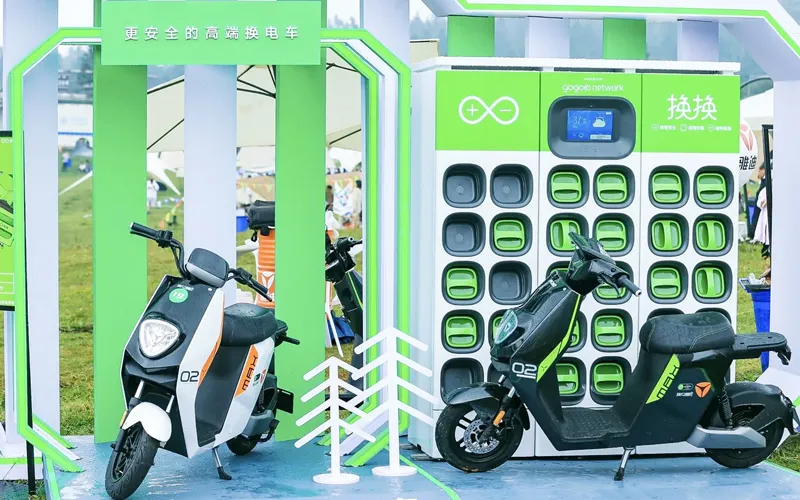Lithium-Ion Battery Thermal Runaway Solution
- Posted on:2023-12-13 15:46:00
- Source:AOK Thermal Pad Manufacturer Industry News
Thermal runaway of lithium-ion batteries means that under abnormal conditions, such as overcharge, overdischarge, overcharge temperature, etc., excessive heat will be generated inside the battery, causing the battery temperature to rise, and even causing serious safety issues such as fire or explosion.
Temperature management system: Lithium-ion batteries need to be equipped with a temperature management system, including temperature sensors and control circuits. A temperature sensor monitors the temperature of the battery and passes the information to the control circuit. The control circuit can take corresponding measures according to the temperature signal, such as reducing the charging rate, stopping charging and discharging, etc., to control the temperature of the battery within a safe range.
Thermal conductive materials and heat dissipation design: In the design of battery modules or battery packs, materials with high thermal conductivity are used as heat dissipation media (thermal conductive pads, thermal conductive gel) to promote the conduction and dissipation of heat generated inside the battery. Thermal design should consider effective heat dissipation surface area and ventilation design to improve heat dissipation efficiency.
Battery Management System (BMS): A BMS is an electronic system used to monitor and control lithium-ion batteries. It can monitor battery status, voltage, temperature and other parameters, and take corresponding measures to protect the battery. For example, the BMS can monitor the temperature of the battery and take measures when the temperature reaches dangerous levels, such as interrupting battery charging and discharging, issuing alarms, etc.
Safety valves and circuit breakers: Safety valves can be installed in lithium-ion batteries to relieve excessive internal pressure to mitigate the risk of thermal runaway. Circuit breakers can also be used to cut off the current flow to the battery in the event of abnormal conditions to avoid further danger.
Battery pack design and material selection: In battery pack design, the thermal insulation performance and protective measures of the battery should be considered to reduce the impact of external heat sources on the battery. The selection of materials should take into account their high temperature resistance and flame retardant properties to increase battery safety.
The thermal runaway problem of lithium-ion batteries requires comprehensive consideration of multiple factors and determining the best solution based on specific application conditions. When designing and using lithium-ion battery systems, it's recommended to work with professional battery manufacturers, engineers or experts in related fields to ensure safety and reliability.
If you would like to learn more about AOK performance thermal materials, please visit our website at www.aok-technologies.com


